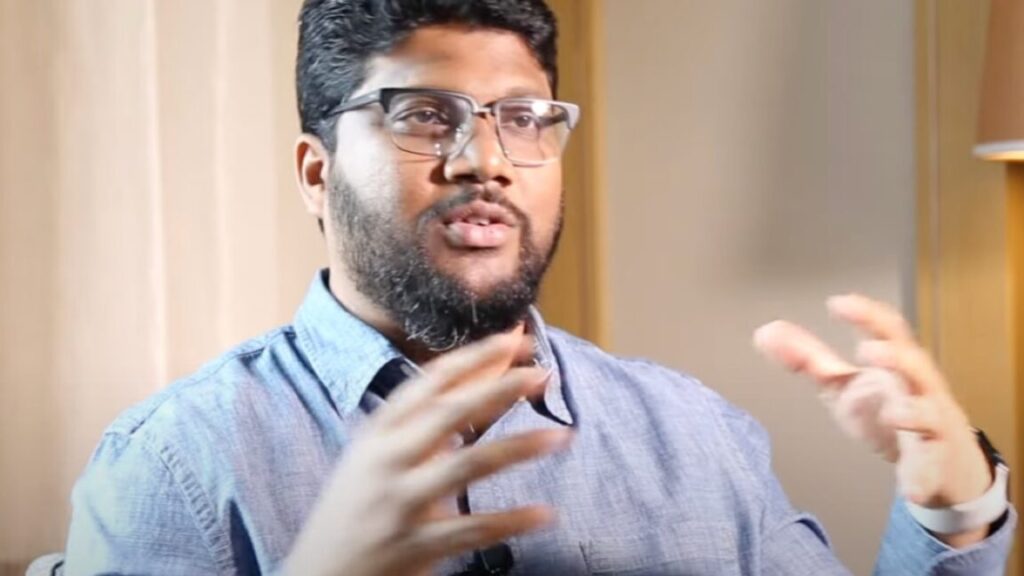
University of Rochester physicist Ranga Dias made headlines with his controversial claims of high-temperature superconductivity—and made headlines again when the two papers reporting the breakthroughs were later retracted under suspicion of scientific misconduct, although Dias denied any wrongdoing. The university conducted a formal investigation over the past year and has now terminated Dias’ employment, The Wall Street Journal reported.
“In the past year, the university completed a fair and thorough investigation—conducted by a panel of nationally and internationally known physicists—into data reliability concerns within several retracted papers in which Dias served as a senior and corresponding author,” a spokesperson for the University of Rochester said in a statement to the WSJ, confirming his termination. “The final report concluded that he engaged in research misconduct while a faculty member here.”
The spokesperson declined to elaborate further on the details of his departure, and Dias did not respond to the WSJ’s request for comment. Dias did not have tenure, so the final decision rested with the Board of Trustees after a recommendation from university President Sarah Mangelsdorf. Mangelsdorf had called for terminating his position in an August letter to the chair and vice chair of the Board of Trustees, so the decision should not come as a surprise. Dias’ lawsuit claiming that the investigation was biased was dismissed by a judge in April.
Ars has been following this story ever since Dias first burst onto the scene with reports of a high-pressure, room-temperature superconductor, published in Nature in 2020. Even as that paper was being retracted due to concerns about the validity of some of its data, Dias published a second paper in Nature claiming a similar breakthrough: a superconductor that works at high temperatures but somewhat lower pressures. Shortly afterward, that paper was retracted as well. As Ars Science Editor John Timmer reported previously:
Dias’ lab was focused on high-pressure superconductivity. At extreme pressures, the orbitals where electrons hang out get distorted, which can alter the chemistry and electronic properties of materials. This can mean the formation of chemical compounds that don’t exist at normal pressures, along with distinct conductivity. In a number of cases, these changes enabled superconductivity at unusually high temperatures, although still well below the freezing point of water.
Dias, however, supposedly found a combination of chemicals that would boost the transition to superconductivity to near room temperature, although only at extreme pressures. While the results were plausible, the details regarding how some of the data was processed to produce one of the paper’s key graphs were lacking, and Dias didn’t provide a clear explanation.
The ensuing investigation cleared Dias of misconduct for that first paper. Then came the second paper, which reported another high-temperature superconductor forming at less extreme pressures. However, potential problems soon became apparent, with many of the authors calling for its retraction, although Dias did not.